
Top 10 Flooring Trends in Qatar for 2025: Style Meets Durability
As we step into 2025, Qatar’s interior design scene is buzzing with flooring trends that blend stunning aesthetics with the…
Read MoreWritten by
GrassAdmin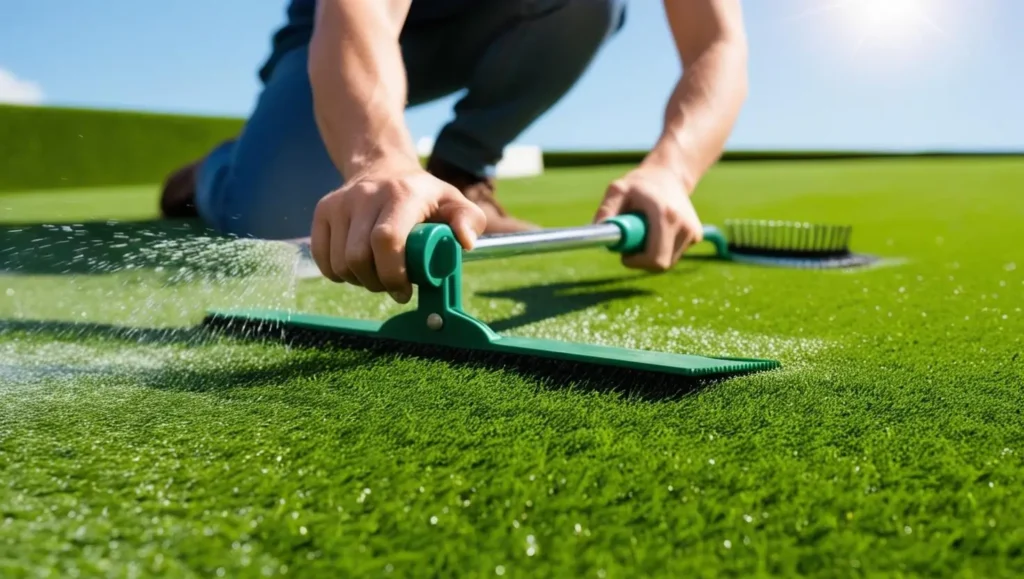
Artificial grass is a wonderful alternative to natural lawns, offering year-round beauty with minimal upkeep. However, maintaining artificial grass still requires a consistent routine to ensure its longevity and aesthetic appeal. In this guide, we’ll walk you through every aspect of artificial grass maintenance, from cleaning to dealing with seasonal changes, ensuring your turf remains lush and vibrant for years.
While artificial grass requires significantly less work than natural lawns, proper maintenance ensures it remains in pristine condition for its lifespan, which can range from 15 to 25 years. Without regular care, debris, spills, and weather changes can affect its appearance and functionality. Maintenance helps:
Before diving into the maintenance process, having the right tools can save time and effort. Here’s a checklist:
Cleaning artificial grass is relatively straightforward. Incorporating the following steps into your routine will help maintain its appearance and functionality:
Regularly clear your artificial turf of leaves, twigs, and other debris. Accumulated organic matter can:
Use a leaf blower or non-metal rake to gently remove debris without damaging the fibers. Perform this task weekly, or more frequently in the fall when leaves are abundant.
Dust, pollen, and pollutants can accumulate on the surface over time. Rinsing your lawn with a garden hose every few weeks helps wash away these particles. Focus on:
During allergy seasons, rinsing can also help reduce allergens.
Artificial grass fibers can become matted, especially in high-use areas. Brushing them regularly helps keep them upright and looking natural. Use a stiff-bristled broom or power brush, brushing against the grain for the best results. High-traffic zones may need brushing more frequently to maintain their integrity.
Artificial grass is pet-friendly, but managing pet waste is crucial for hygiene and odor control:
For pet owners, investing in a turf system like ProGreen’s Pet Turf, which features advanced drainage, can make maintenance easier and more effective.
Accidents happen, and the key to preventing stains is immediate action:
Avoid harsh chemicals and abrasive tools that could damage the turf fibers.
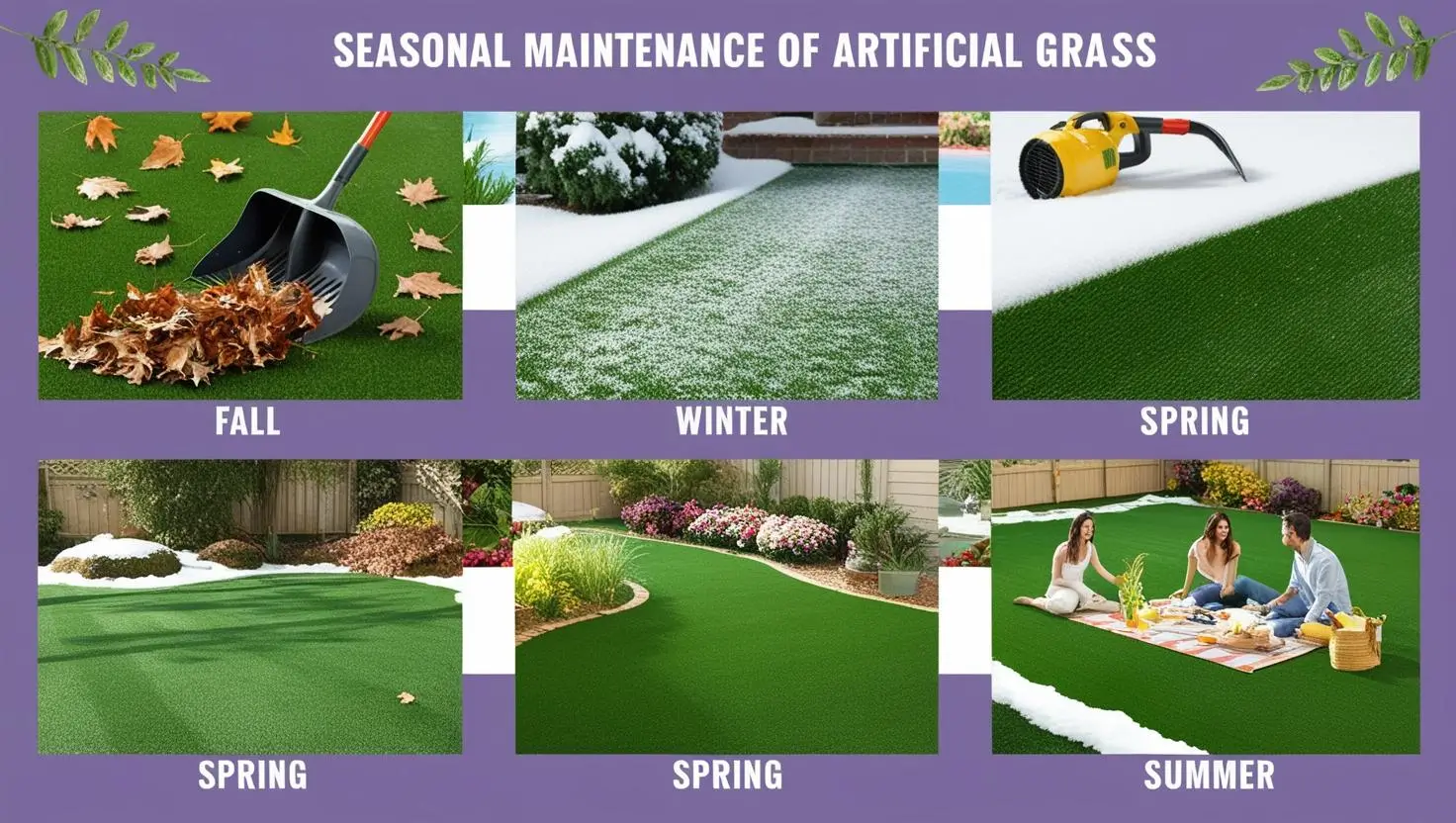
Different seasons bring unique challenges for artificial grass. Adapting your care routine to these changes ensures your lawn stays in top condition:
While DIY care is effective, professional services can enhance your artificial grass’s longevity:
Scheduling an annual professional maintenance session is particularly beneficial for large or heavily used lawns.
Artificial grass is designed to withstand various weather conditions, but proactive care minimizes wear and tear:
Proper drainage is essential for artificial grass longevity. Check for:
Advanced drainage systems, like ProFlow, improve water flow, making your lawn more durable during storms.
When cleaning artificial grass, choose products that are:
Homemade solutions, like a mix of white vinegar and water, work well for everyday cleaning. For stubborn odors, enzyme-based cleaners offer a powerful yet safe alternative.
Proper brushing not only maintains the grass’s appearance but also prolongs its lifespan. Here’s how:
Investing in a power brush or hiring professionals can simplify this process for large areas.
Maintaining artificial grass is simple yet essential for preserving its beauty and functionality. By incorporating regular cleaning, addressing pet waste, managing spills, and adapting to seasonal changes, you can enjoy a lush, low-maintenance lawn for decades. For optimal results, combine DIY care with occasional professional maintenance. Your artificial grass will thank you by staying green, clean, and inviting all year long.
Stay updated with the latest trends and insights in the flooring industry.

As we step into 2025, Qatar’s interior design scene is buzzing with flooring trends that blend stunning aesthetics with the…
Read More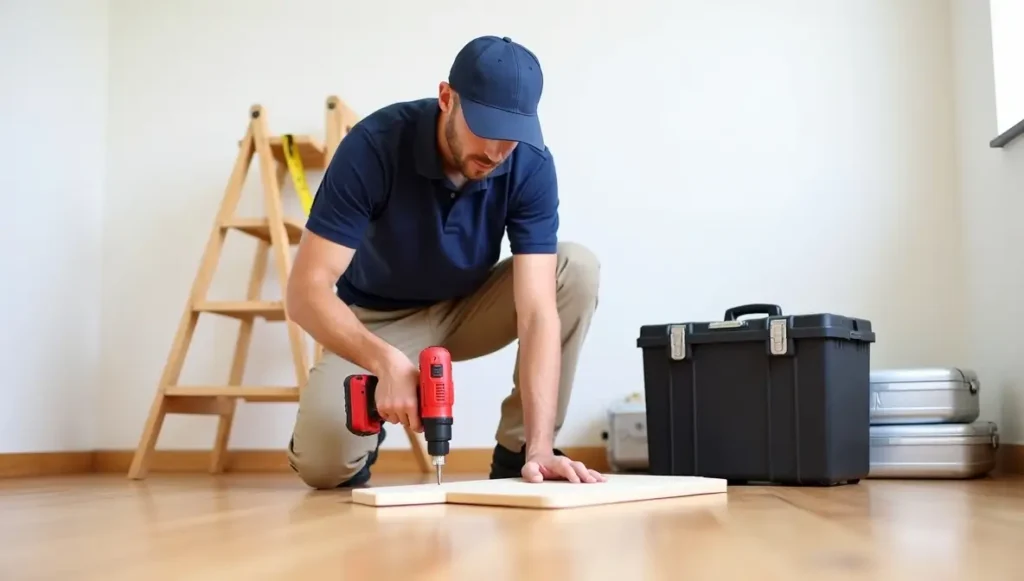
Transforming your home or business with new flooring is an exciting yet significant investment, especially in Qatar, where the harsh…
Read More
Artificial grass is a wonderful alternative to natural lawns, offering year-round beauty with minimal upkeep. However, maintaining artificial grass still…
Read More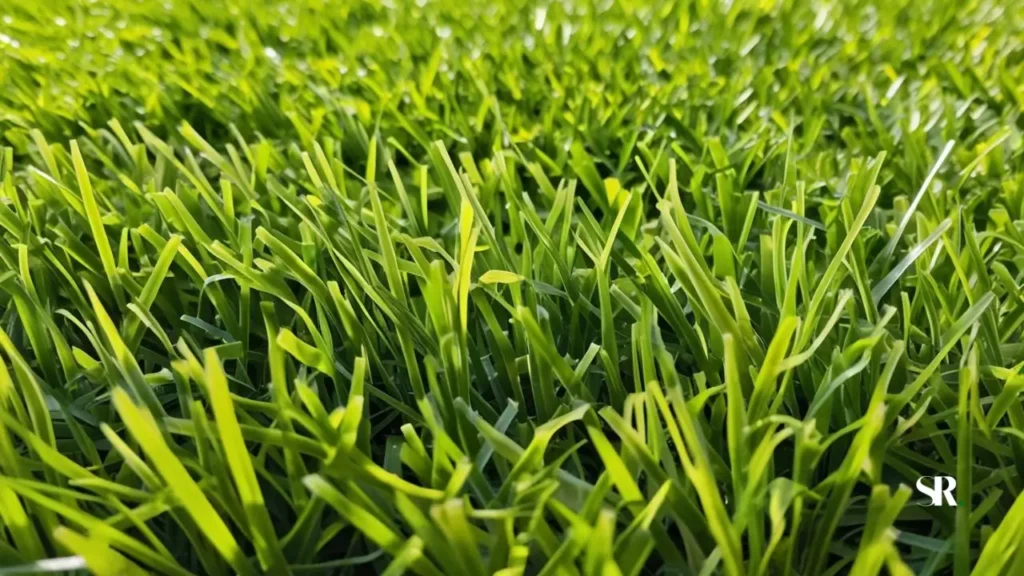
Can you install artificial grass on concrete? Absolutely! If you’re tired of dull, lifeless concrete surfaces and want to add…
Read More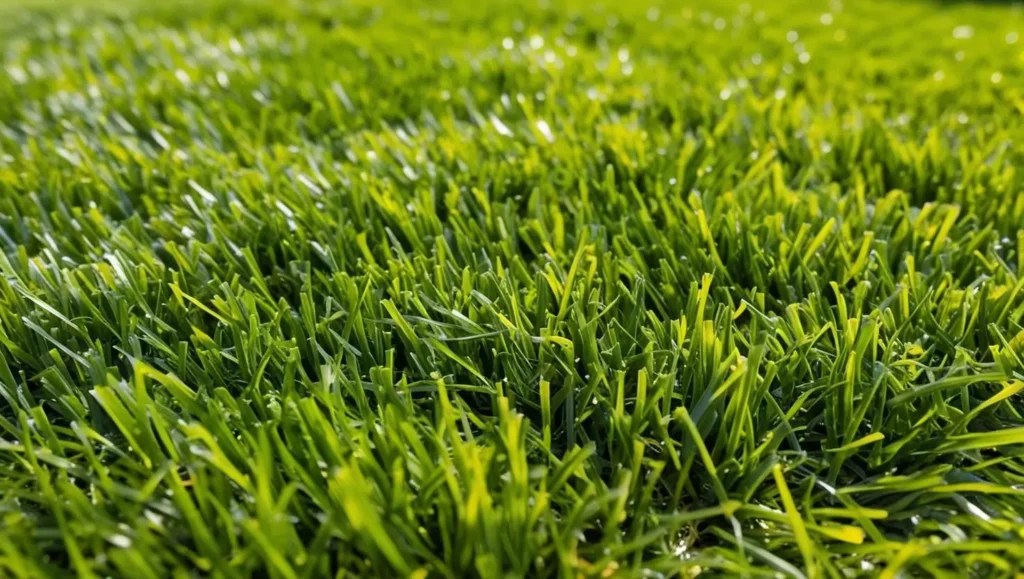
Artificial turf has become an increasingly popular alternative to natural grass, thanks to its low maintenance and year-round lush appearance.…
Read More